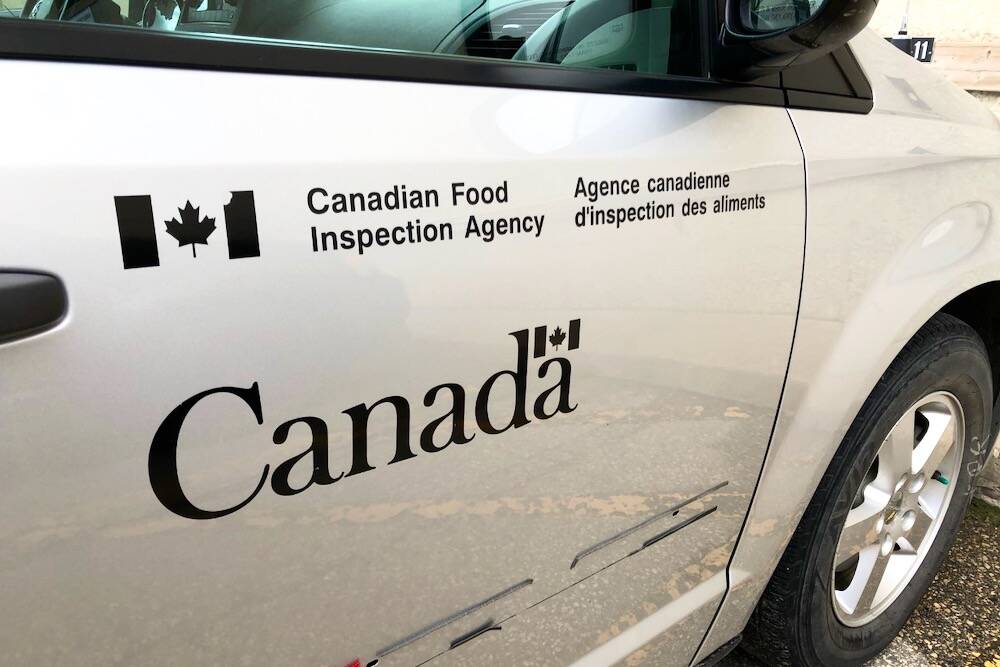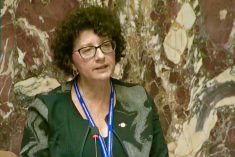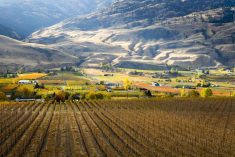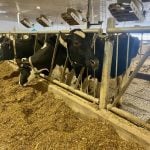British Columbia’s incumbent agriculture minister and opposition ag critic both appear set to head back to the provincial legislature as the New Democrats are projected to end three years of tentative minority governing.
John Horgan’s NDP, which in 2017 overturned a minority Liberal government with the help of the Green Party, was projected Saturday evening to form a majority on its own, winning or leading in 55 of 87 ridings, followed by Andrew Wilkinson’s Liberals with 29 and Sonia Furstenau’s Greens with three.
Lana Popham, the NDP’s incumbent minister of agriculture, is expected to hold her Vancouver Island riding of Saanich South, with a spread of 4,020 votes over Liberal contender Rishi Sharma, with 92 of 92 ballot boxes reported.
Read Also

B.C. ostriches culled, CFIA confirms
Ostriches on an embattled Edgewood, B.C. farm have been culled after a prolonged legal battle, the Canadian Food Inspection Agency has confirmed.
Ian Paton, the Liberals’ agriculture critic heading into Saturday’s election, is also expected to hold his Vancouver-area riding of Delta South, leading by a spread of 3,286 votes over NDP candidate Bruce Reid with 92 of 92 ballots boxes reported.
Votes counted on Saturday night are to include only those from general voting and advance polls. The final vote count is to include a substantially higher-than-usual number of mail-in absentee ballots not counted on election night; the final count is expected to begin 13 days after election day and to continue for three days.
Popham is a co-founder of Vancouver Island organic vineyard Barking Dog Vineyard and former president of the Vancouver Island Grape Growers Association, while Paton has owned and operated a dairy farm and farm auction business at Delta.
The province and its agriculture and agri-food sector have faced a number of pandemic-related issues including management of its seasonal agriculture workforce, among others.
The province is also facing demands for flexibility in residential construction within its Agricultural Land Reserve (ALR), in the face of escalating housing prices in the region.
The ALR includes about 11 million acres of land provincewide on which agriculture is deemed the priority use and non-farming uses are restricted. — Glacier FarmMedia Network

















